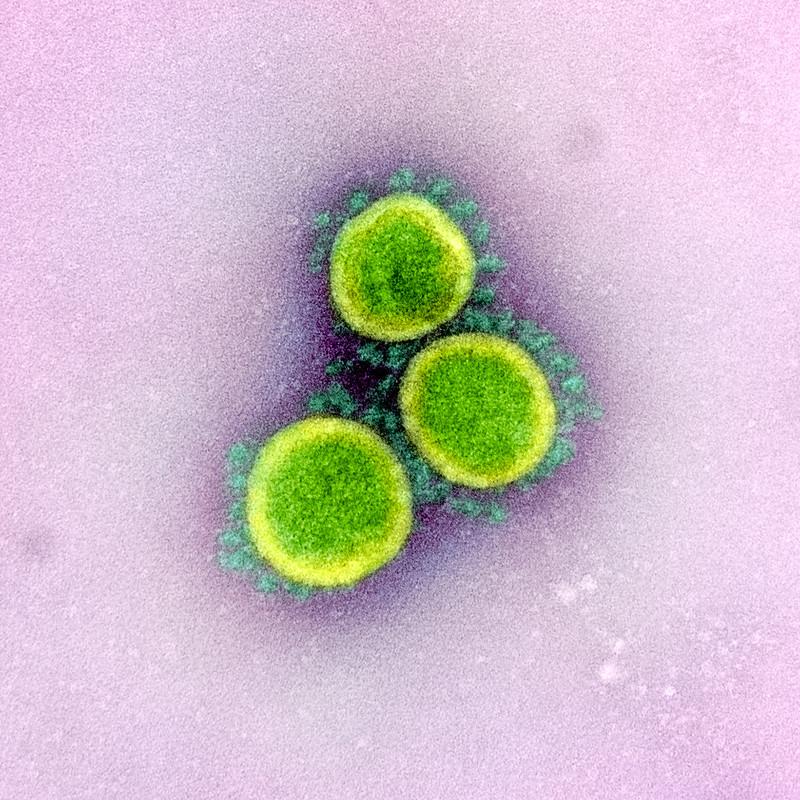In its latest update on variant proportion estimates, the US Centers for Disease Control and Prevention (CDC) said the level of NB.1.8.1 viruses, recently added as a variant under monitoring (VUM) by the World Health Organization (WHO), has grown from 15% to 37% since late May, bringing it nearly even with LP.8.1, which has been dominant over the last few months.

NB.1.8.1 has been fueling rises in cases and hospitalizations in some countries in Asia. When the WHO advisory group added it as a VUM in late May, they said though proportions are growing rapidly, the virus seems to be only minimally more immune-evasive than the dominant LP.8.1 subvariant.
The CDC also reported a rise in XFG variant proportions, which rose from 6% to 8% over the same period. Both viruses are descendants of the JN.1 Omicron SARS-CoV-2 variant.
ECDC notes slow rise in COVID activity
The European Centre for Disease Prevention and Control (ECDC) today said it is monitoring slowly increasing COVID activity, which is up from low baselines. Doctors’ visits for the illness are still at or below levels seen for this period in past seasons. The group hasn’t noted any rise in severe disease indicators, such as hospitalizations or intensive care unit admissions.
Eduardo Colzani, MD, MPH, PhD, ECDC’s head of respiratory viruses, said in a statement that NB.1.8.1 doesn’t appear to pose a greater threat than other Omicron descendants, and officials don’t expect an impact on vaccine effectiveness or severe disease. However, he noted that since SARS-CoV-2 activity was low over the winter, population immunity may have waned, especially in older adults and those who have underlying health conditions.
In the United States, COVID activity remains low based on the latest CDC data, which show wastewater SARS-CoV-2 detections still at the low level, with higher levels in the west compared to other regions.













